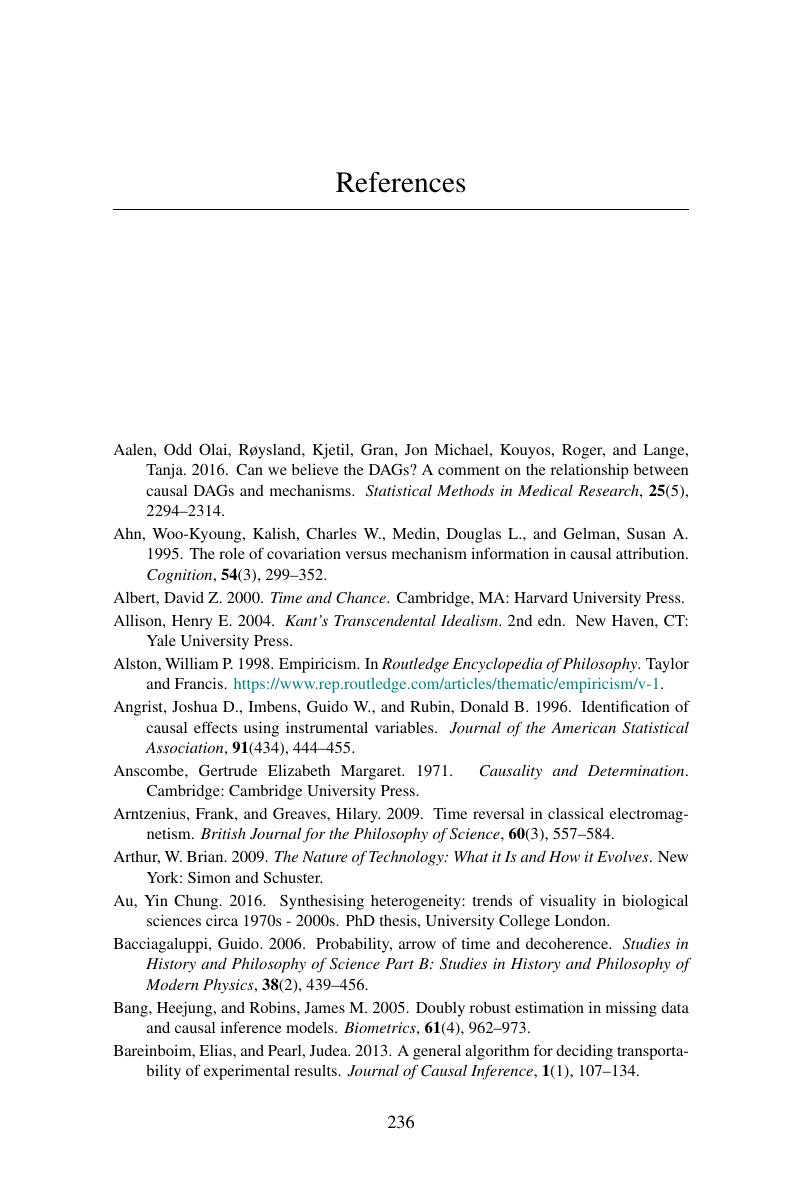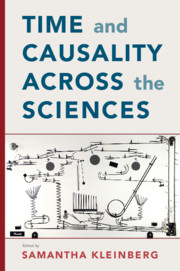Book contents
- Frontmatter
- Contents
- List of Contributors
- 1 An Introduction to Time and Causality
- 2 Causality and Time: An Introductory Typology
- 3 The Direction of Causation
- 4 On the Causal Nature of Time
- 5 Causation in a Physical World: An Overview of Our Emerging Understanding
- 6 Intervening in Time
- 7 Time–Event Relationships as Representations for Constructing Cell Mechanisms
- 8 Causation, Time Asymmetry, and Causal Mechanisms in the Social Sciences
- 9 Temporalization in Causal Modeling
- 10 Reintroducing Dynamics into Static Causal Models
- 11 Overcoming the Poverty of Mechanism in Causal Models
- References
- Index
- References
References
Published online by Cambridge University Press: 24 September 2019
- Frontmatter
- Contents
- List of Contributors
- 1 An Introduction to Time and Causality
- 2 Causality and Time: An Introductory Typology
- 3 The Direction of Causation
- 4 On the Causal Nature of Time
- 5 Causation in a Physical World: An Overview of Our Emerging Understanding
- 6 Intervening in Time
- 7 Time–Event Relationships as Representations for Constructing Cell Mechanisms
- 8 Causation, Time Asymmetry, and Causal Mechanisms in the Social Sciences
- 9 Temporalization in Causal Modeling
- 10 Reintroducing Dynamics into Static Causal Models
- 11 Overcoming the Poverty of Mechanism in Causal Models
- References
- Index
- References
Summary

- Type
- Chapter
- Information
- Time and Causality across the Sciences , pp. 236 - 255Publisher: Cambridge University PressPrint publication year: 2019



